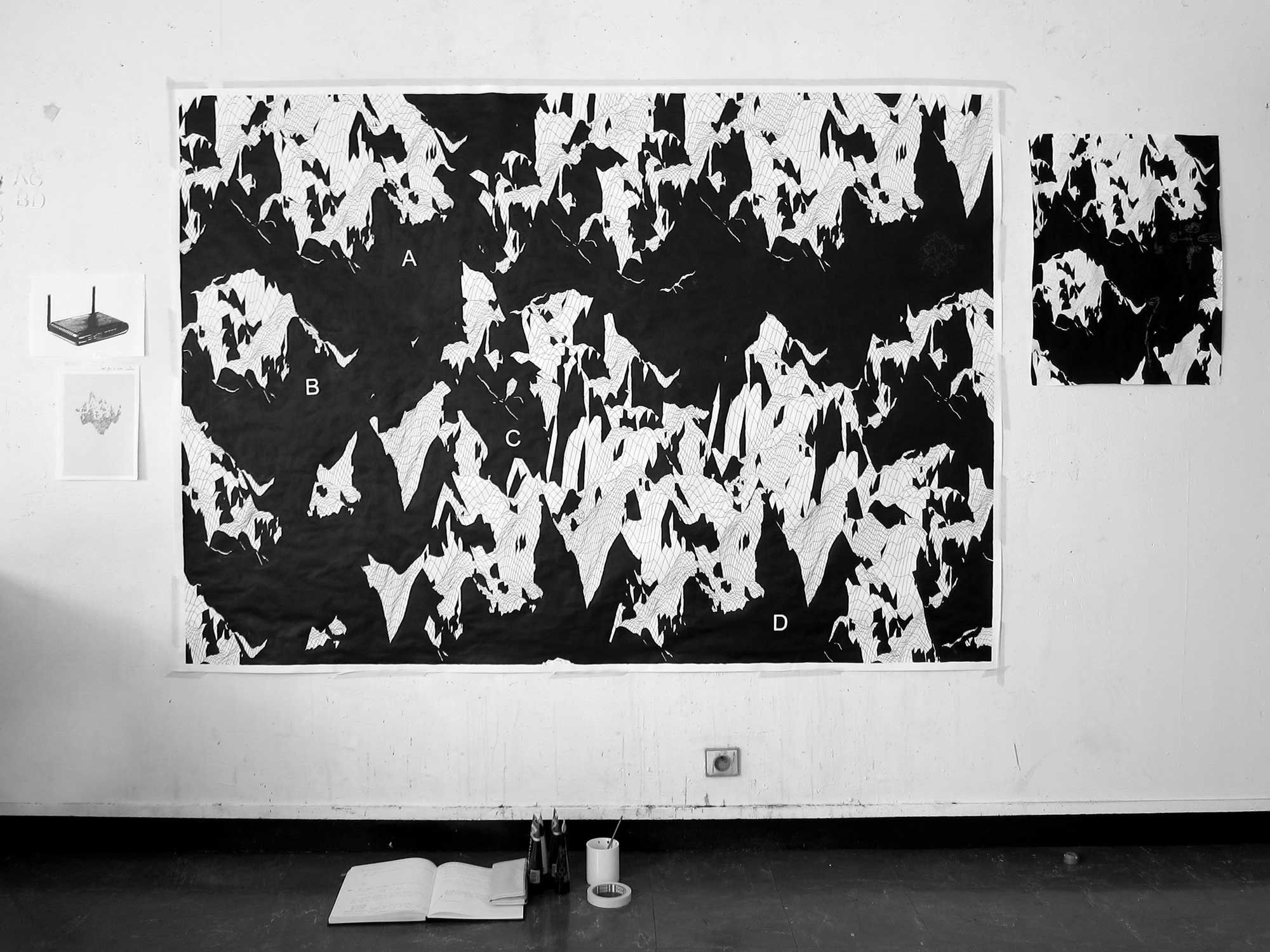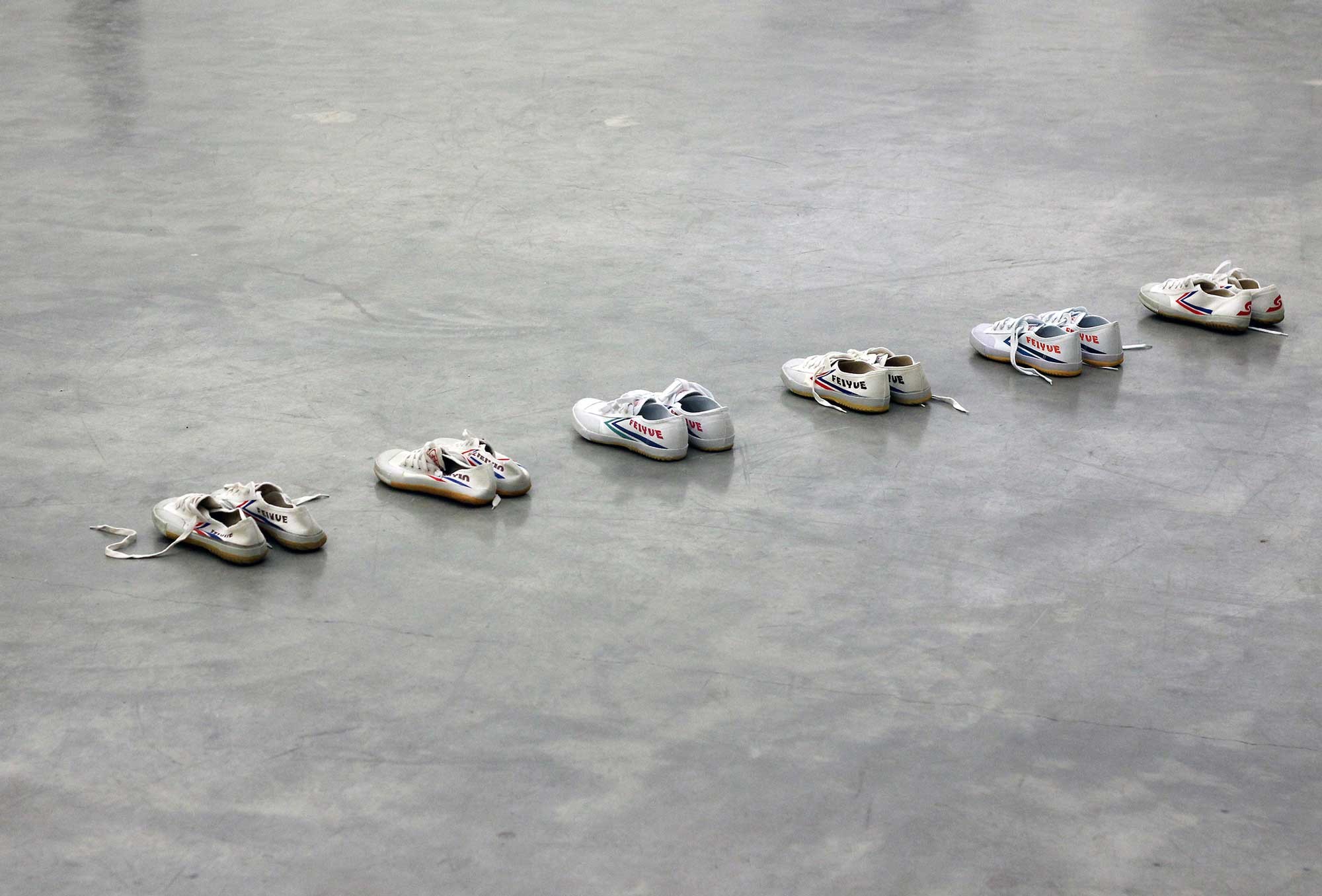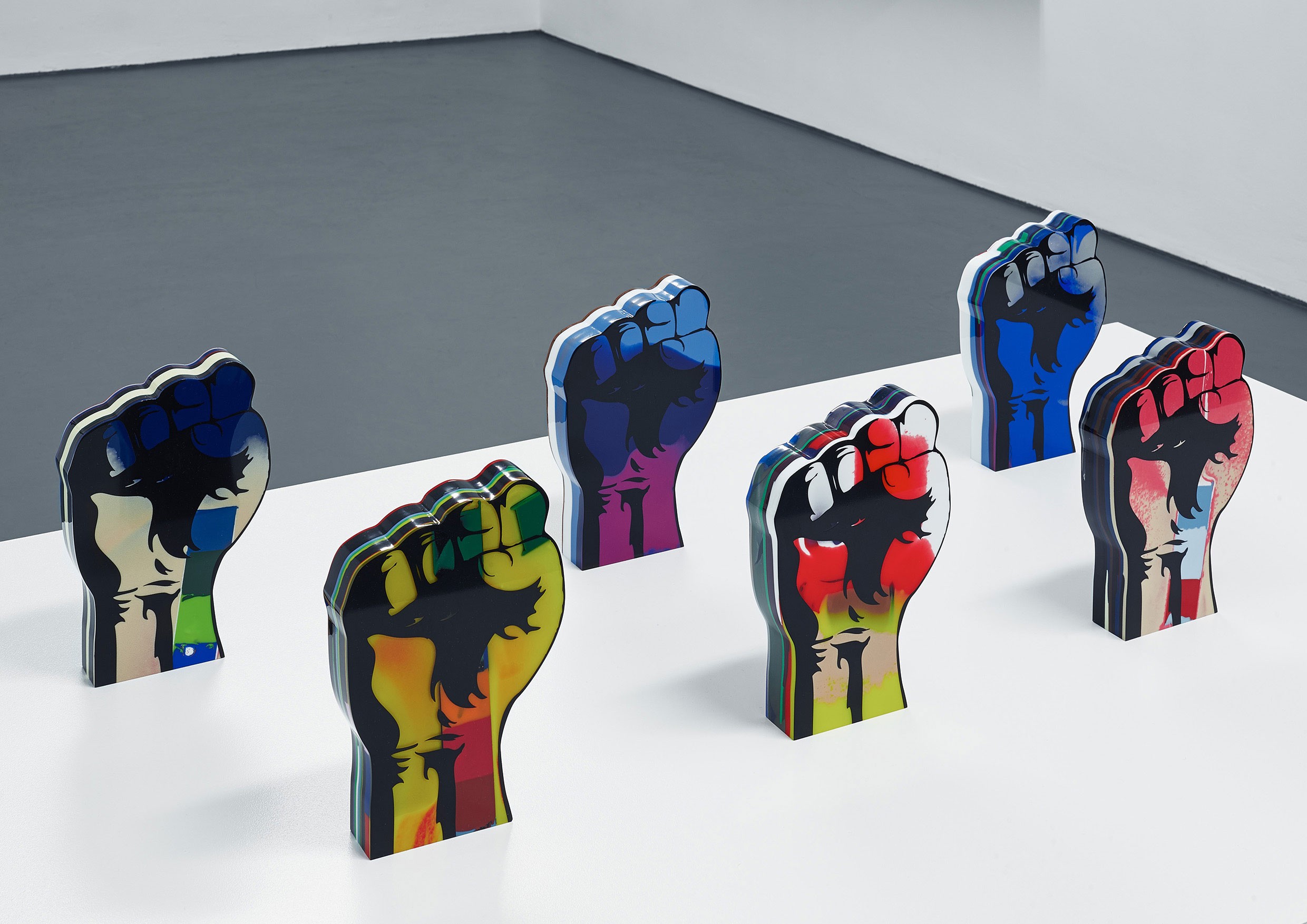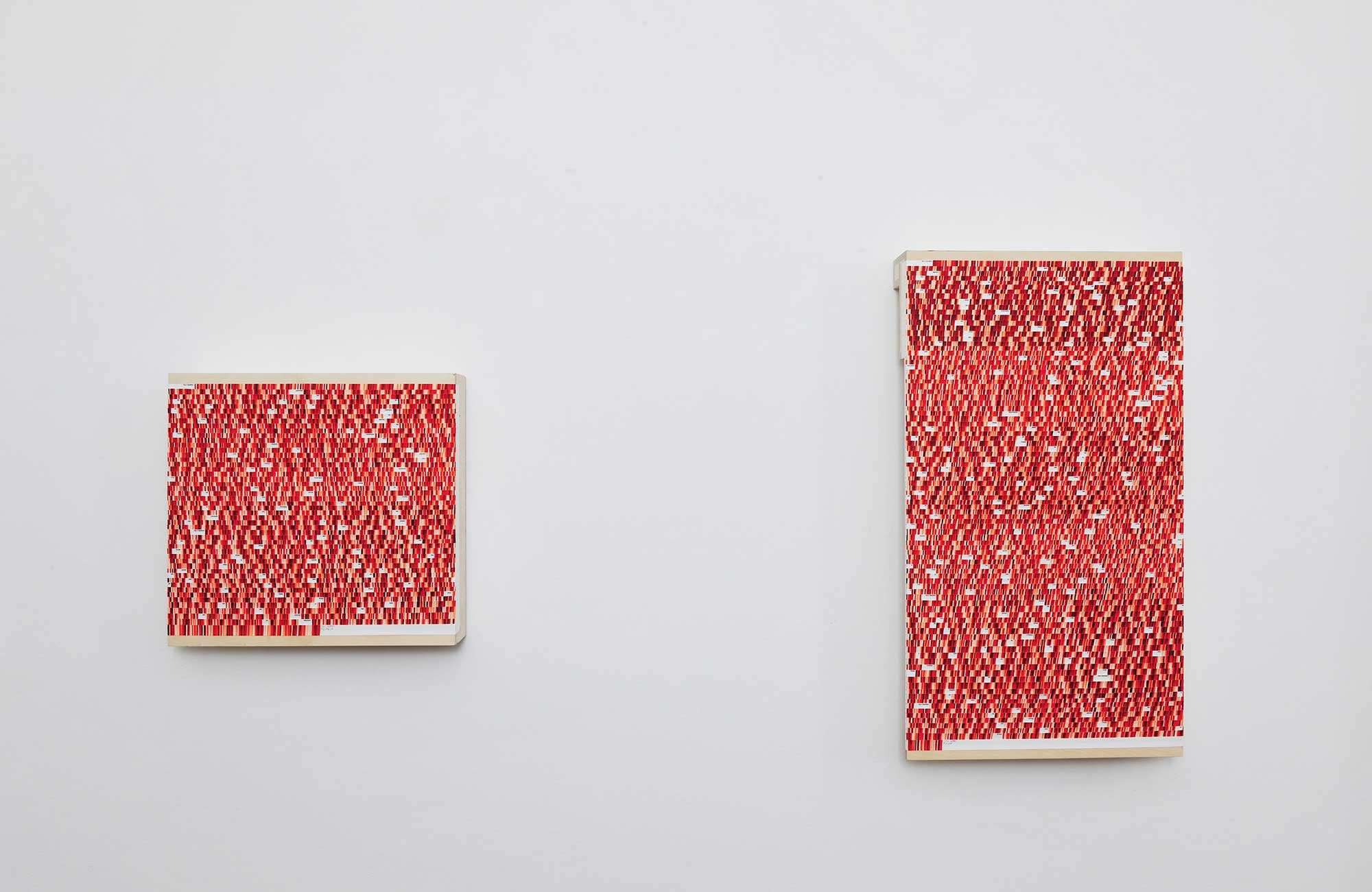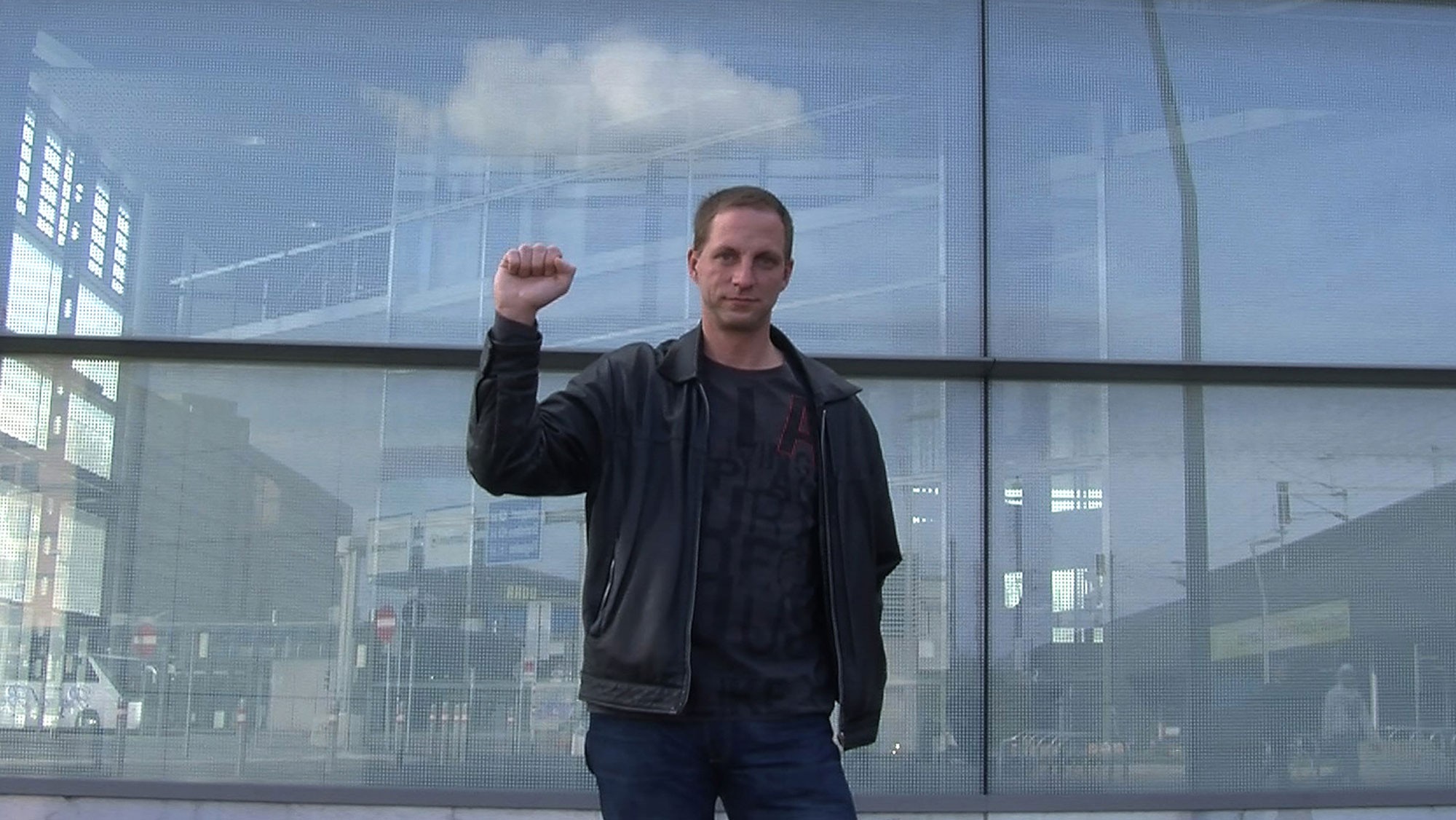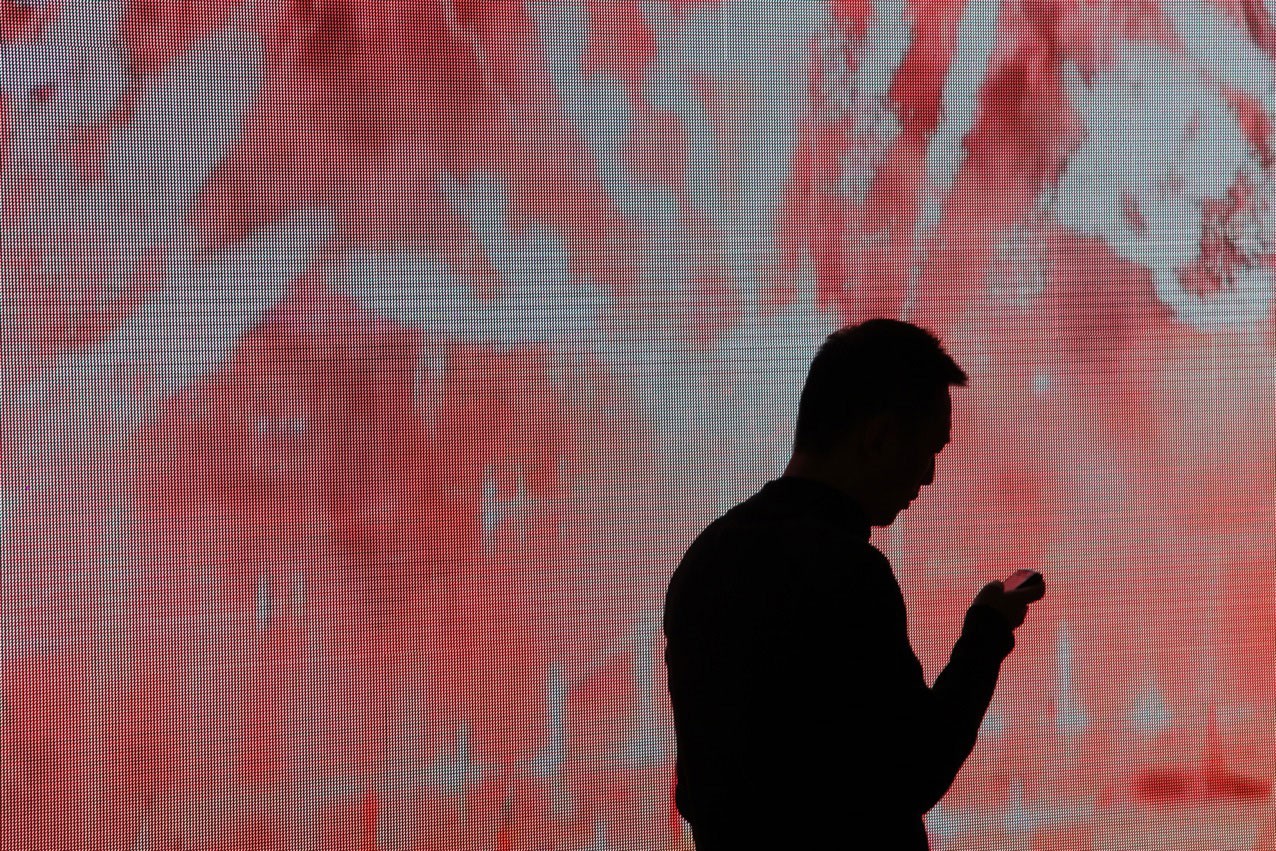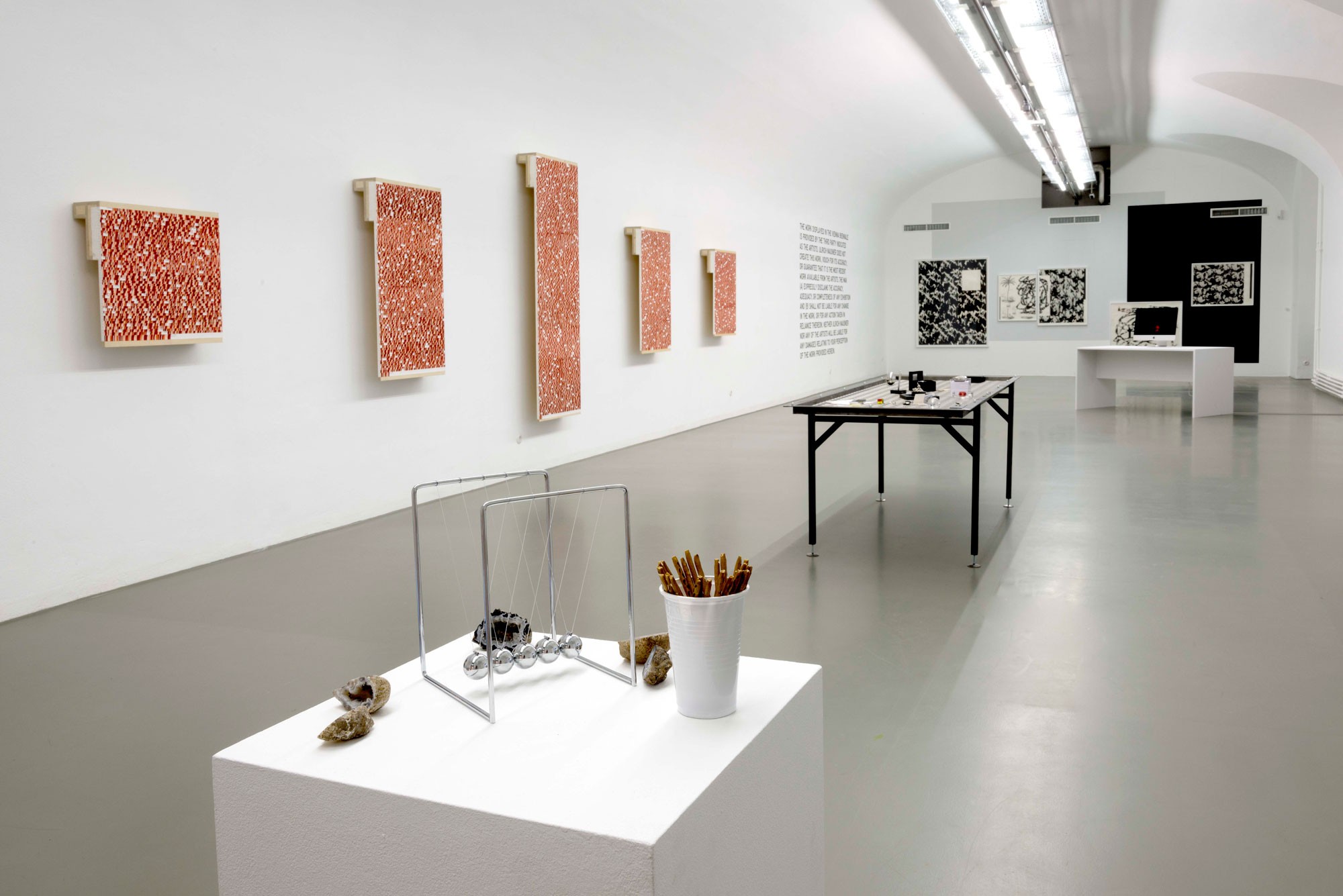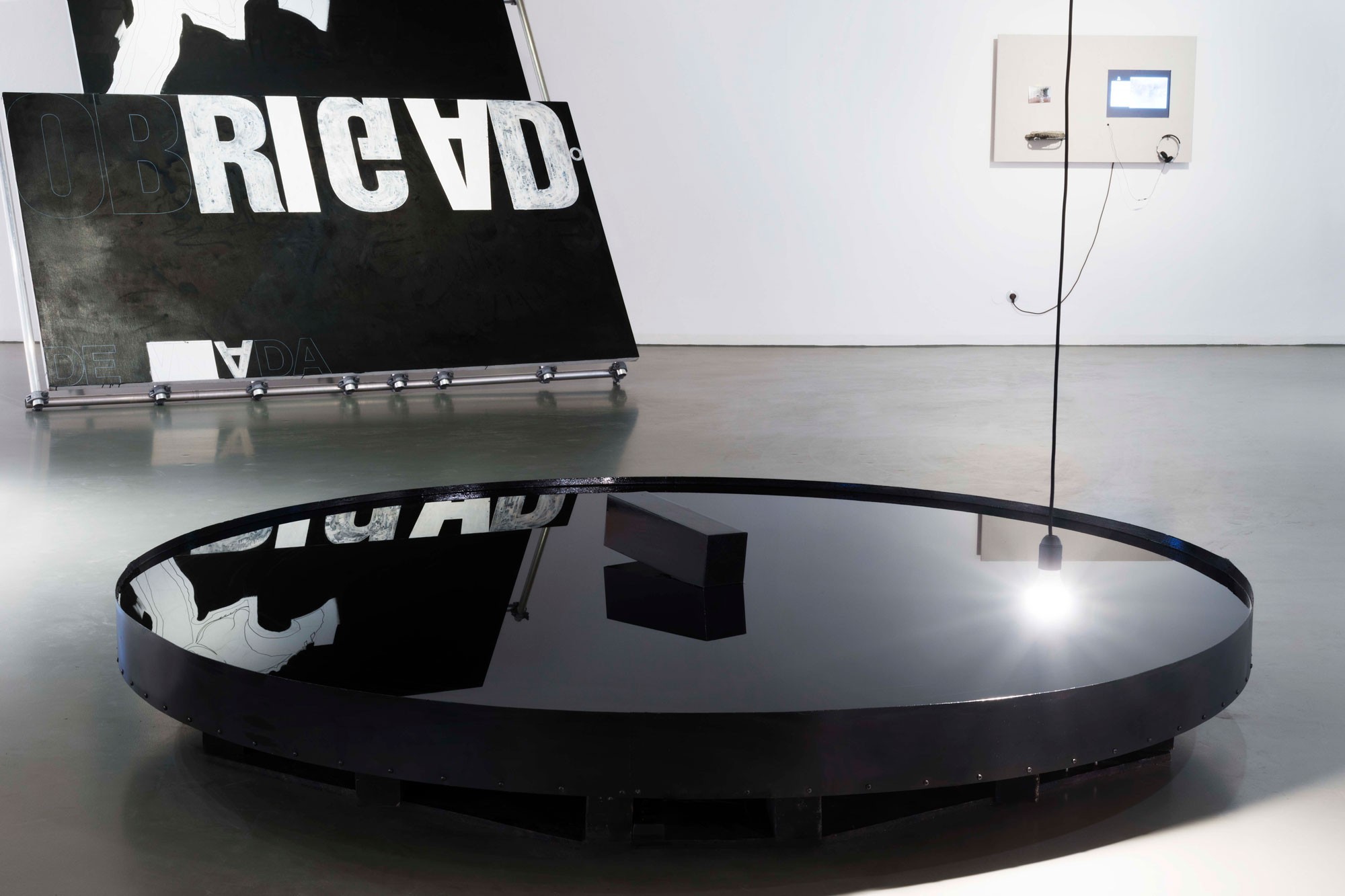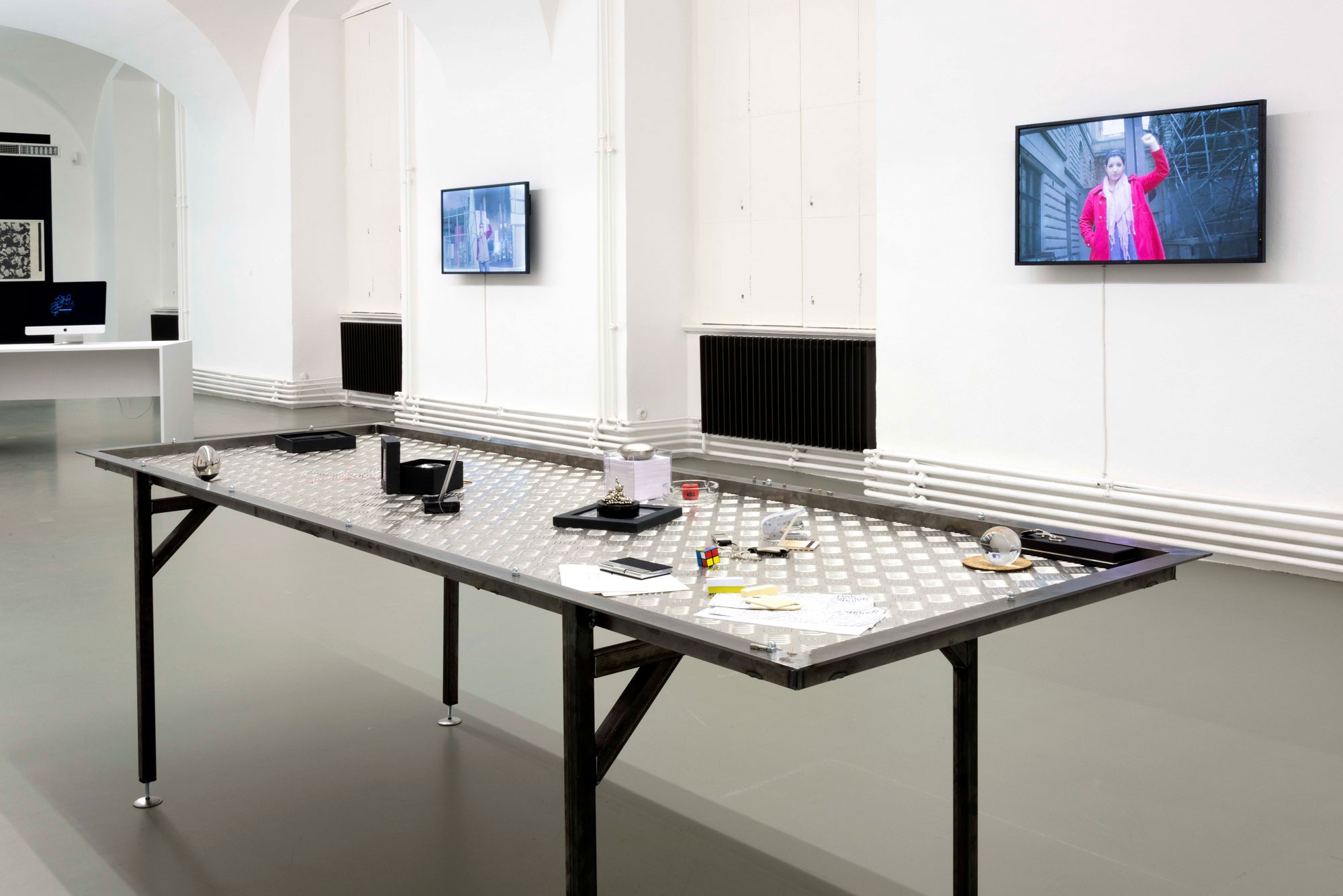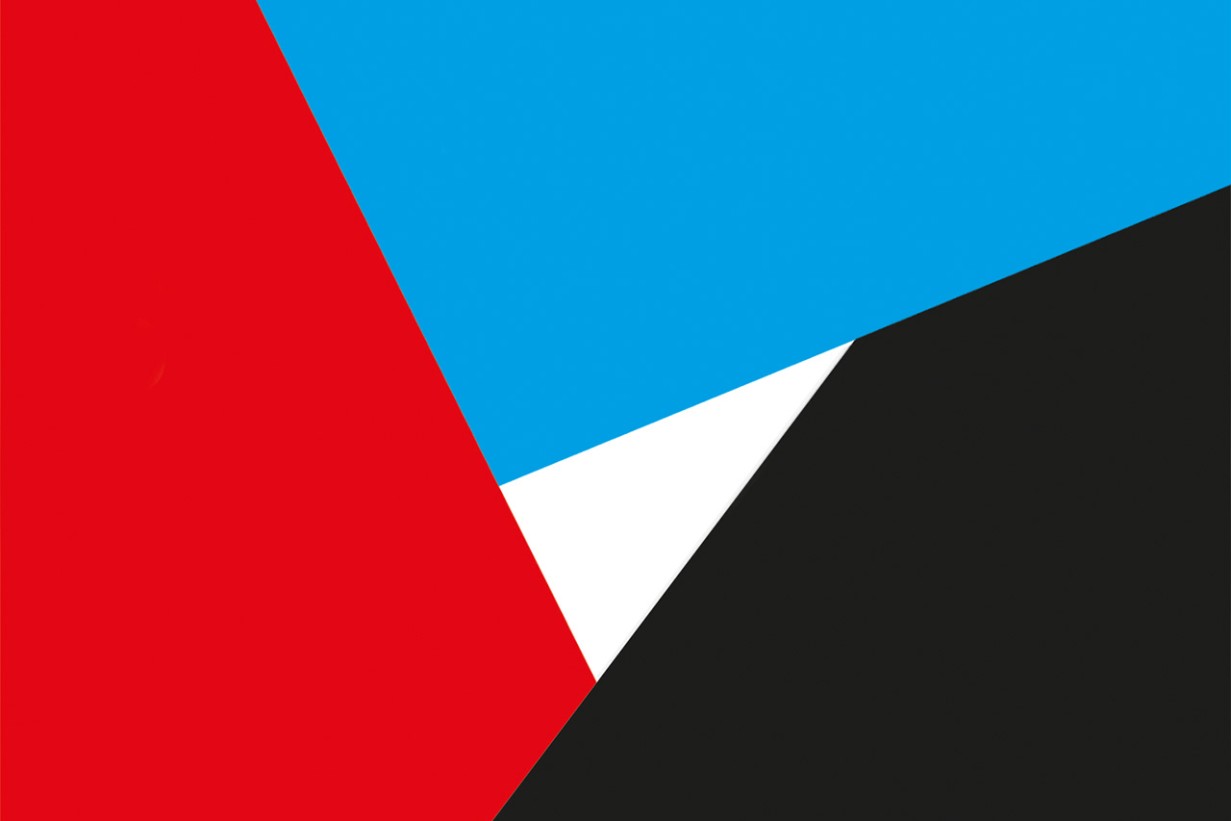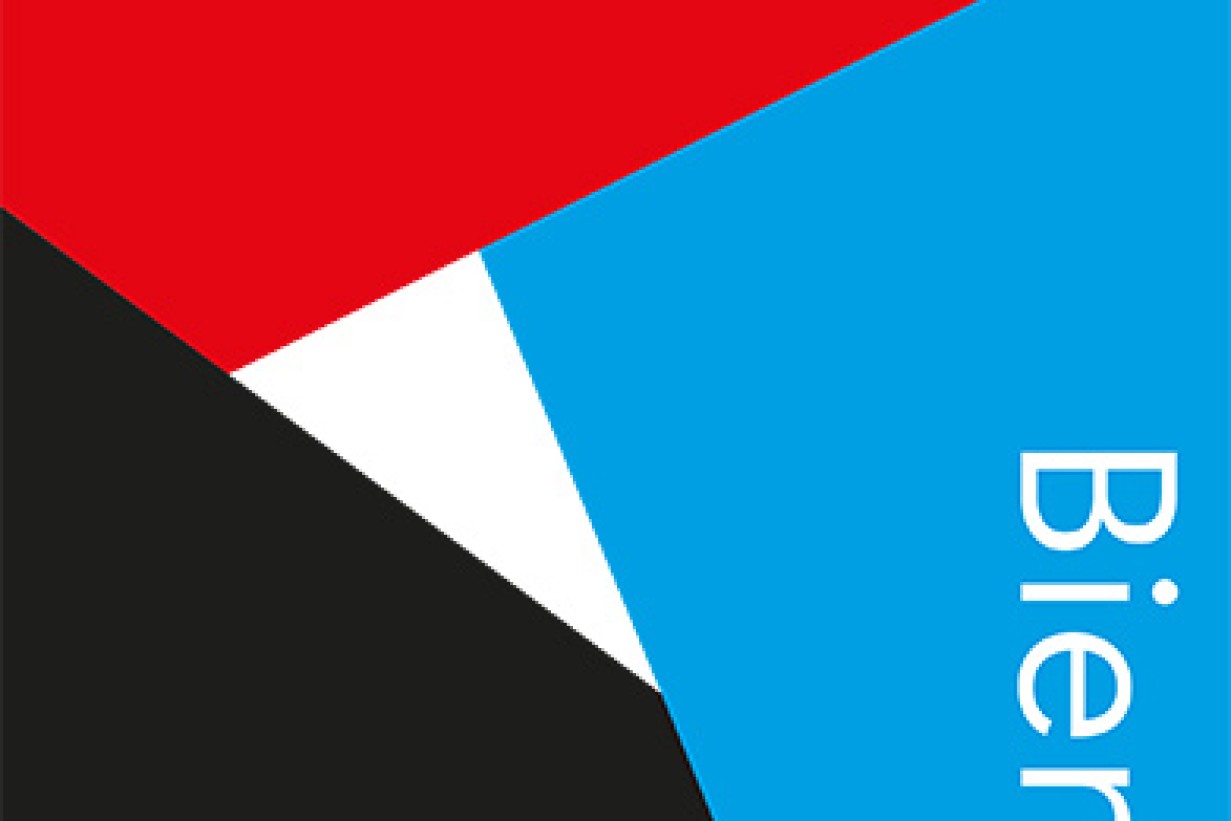© Lazar Lyutakov
Previous Image
A group exhibition at MAK
11.6.2015—4.10.2015
MAK Design Lab
“I GOT UP” the Japanese artist On Kawara stamped along with the respective time of day on a series of postcards that he sent to friends and artist colleagues every day between 1968 and 1979. His days began with this apparently natural, insignificant act, which characterizes the “conditio humana” of a person’s life both intimately and politically: 24 hours a day, seven times a week.
In her magnum opus, The Human Condition (1958, published in German as Vita activa oder Vom tätigen Leben in 1960), the philosopher Hannah Arendt describes the basic conditions of human life with three terms that can be used to describe the individual’s autonomous, active participation in society: “labor, work, and action.” While Arendt’s understanding of labor and work subsumes those (individual) activities that are directly necessary for the production of (material) goods, she describes (interactive) action—language and communication—as human beings’ greatest asset.
In her magnum opus, The Human Condition (1958, published in German as Vita activa oder Vom tätigen Leben in 1960), the philosopher Hannah Arendt describes the basic conditions of human life with three terms that can be used to describe the individual’s autonomous, active participation in society: “labor, work, and action.” While Arendt’s understanding of labor and work subsumes those (individual) activities that are directly necessary for the production of (material) goods, she describes (interactive) action—language and communication—as human beings’ greatest asset.
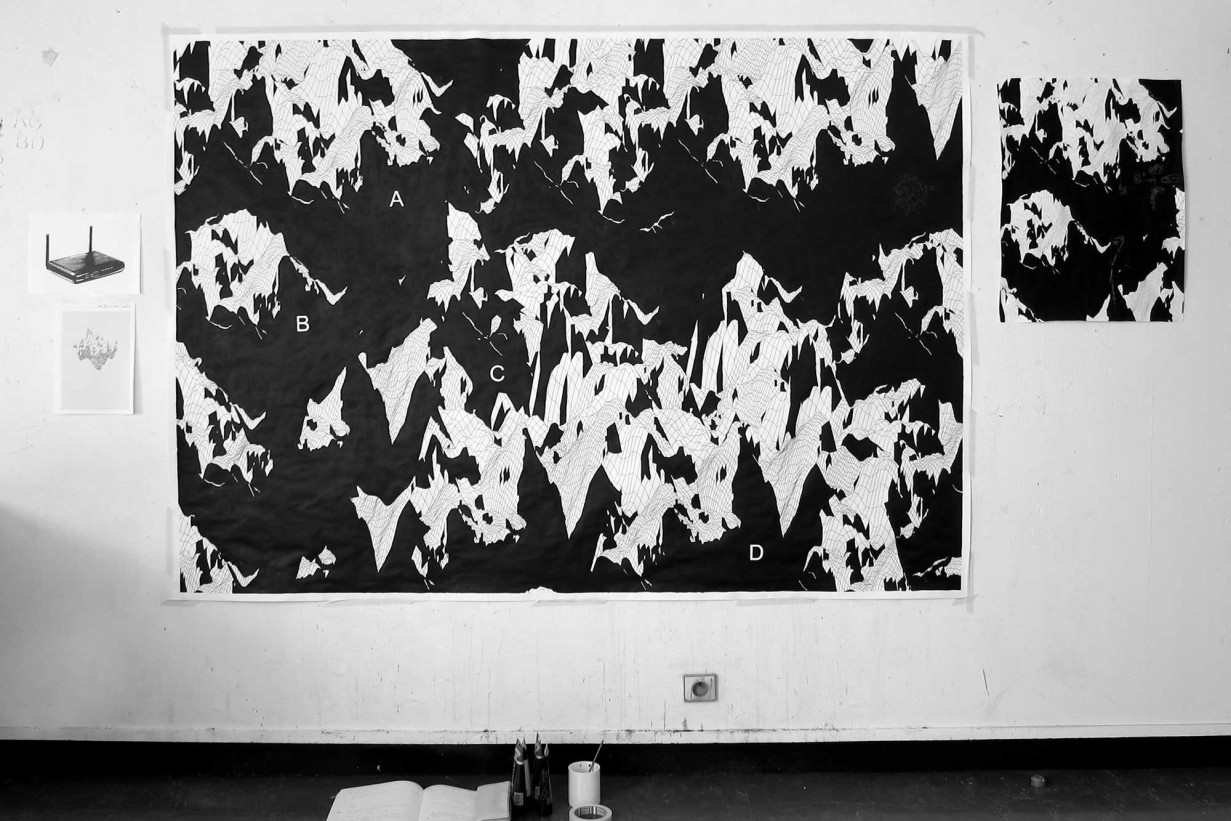
© Peter Jellitsch
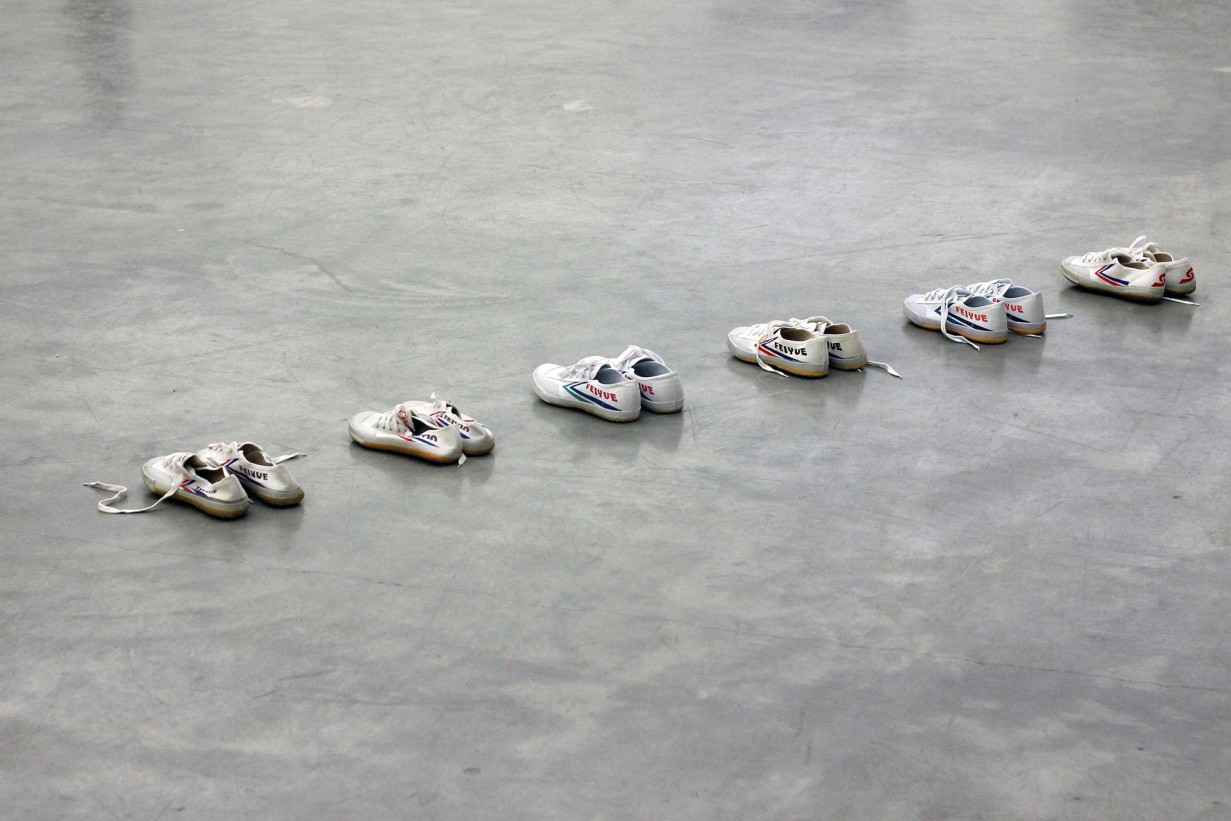
© Lazar Lyutakov
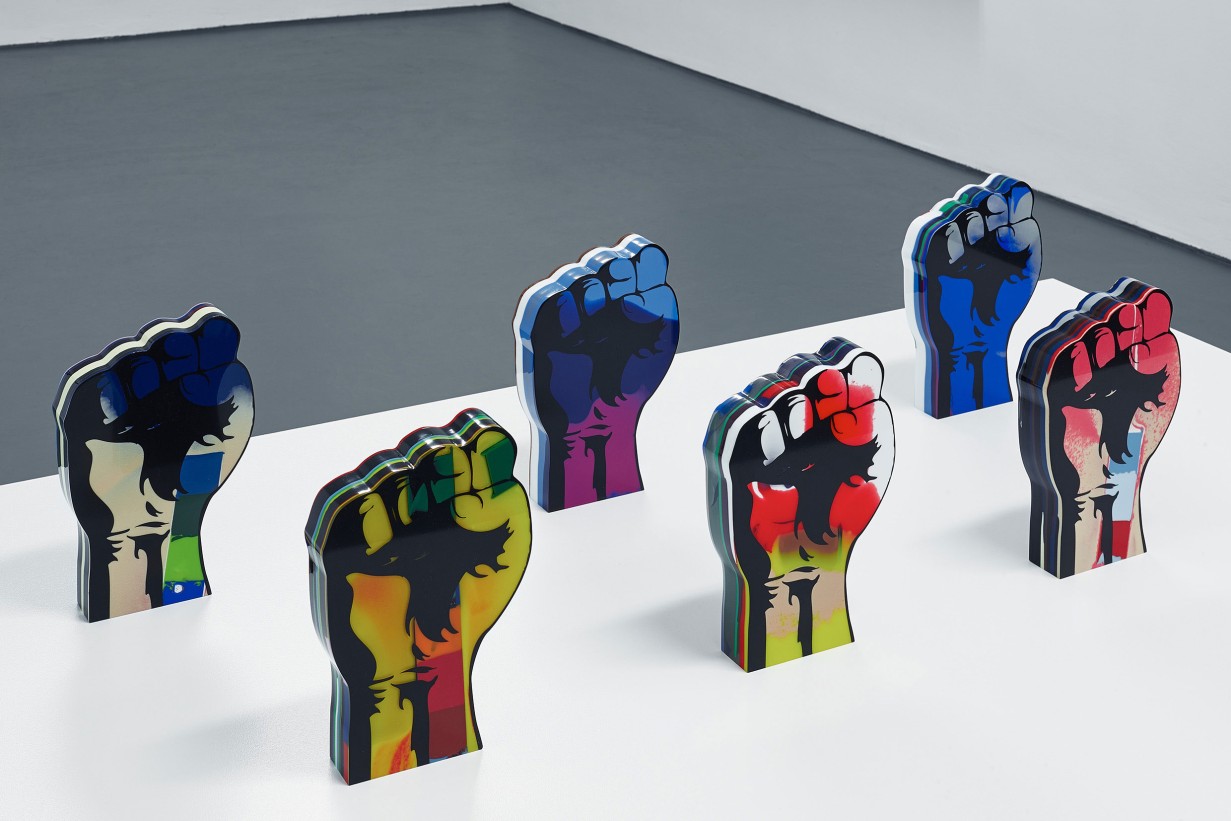
© Ben Thorp Brown, Courtesy of the artist and Bischoff Projects
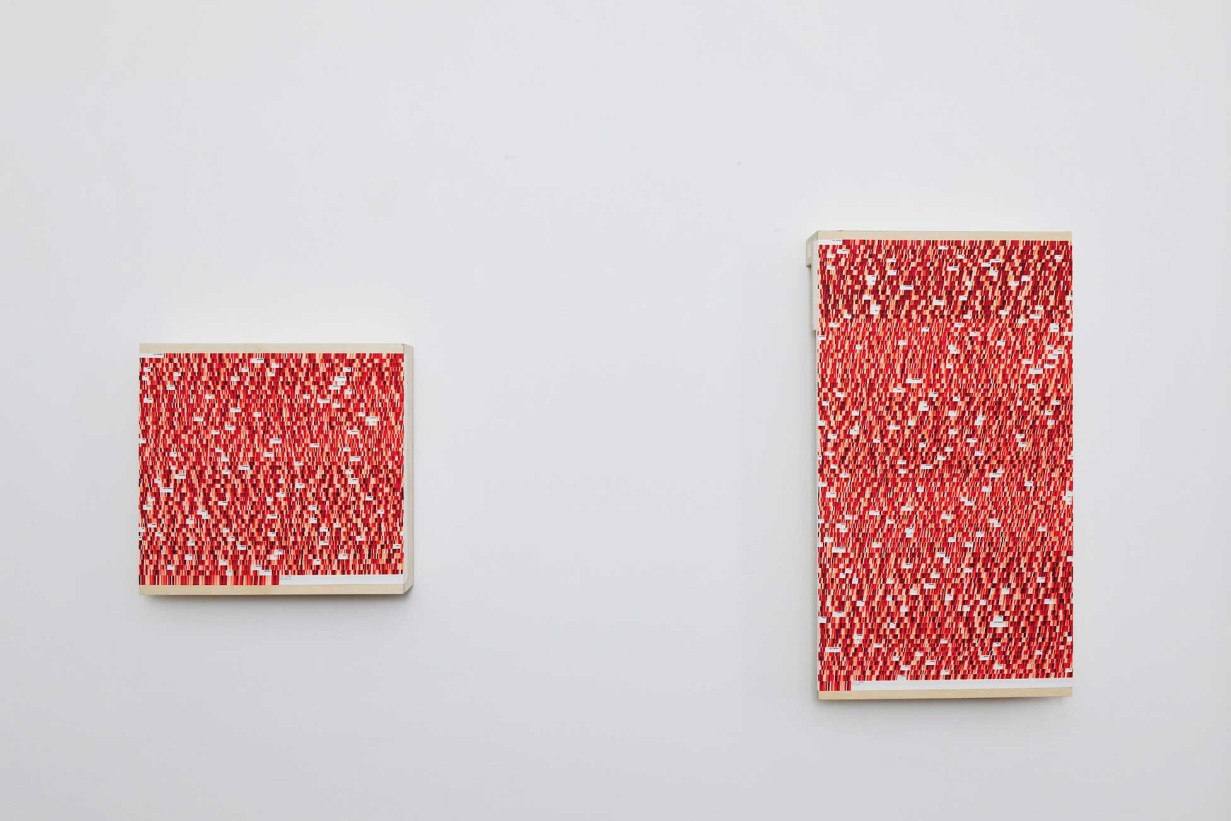
© Danica Phelps, Courtesy of the artist and Galerie Hubert Winter
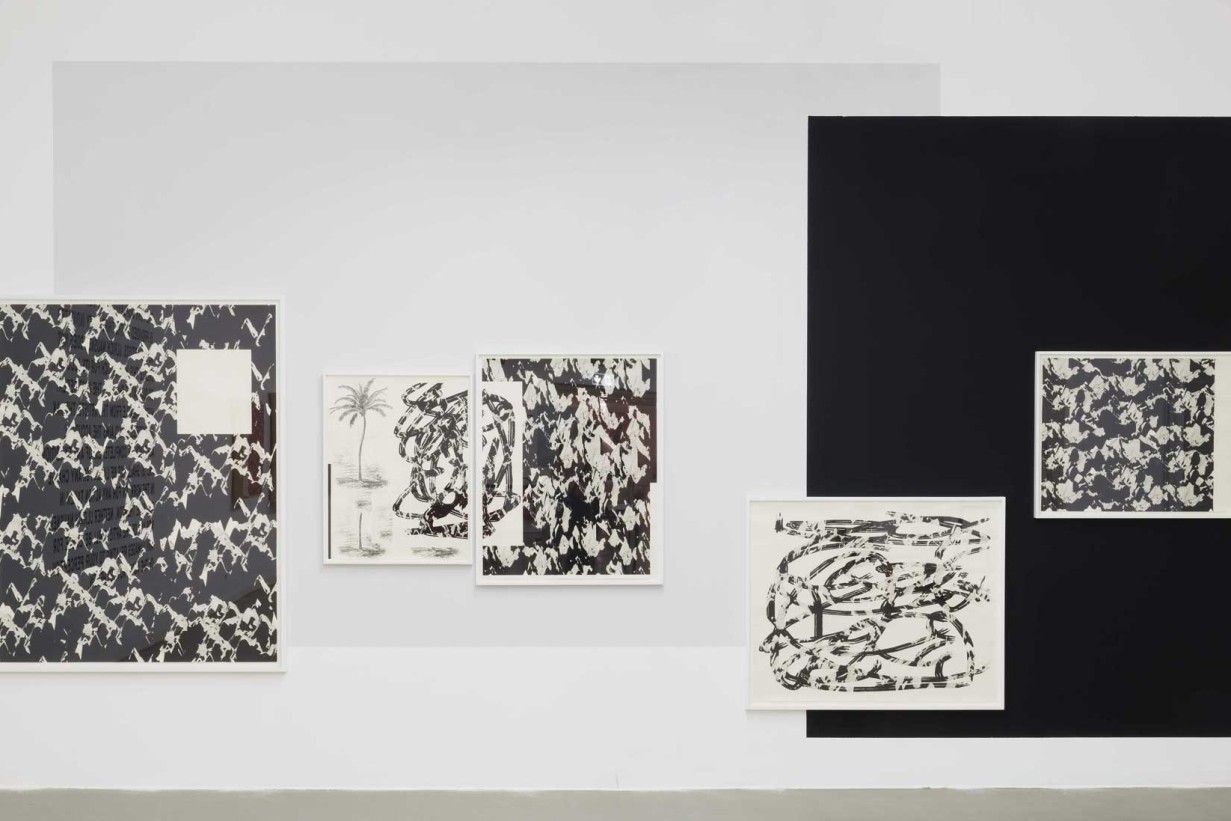
© Peter Jellitsch/Photo: MAK/Aslan Kudrnofsky
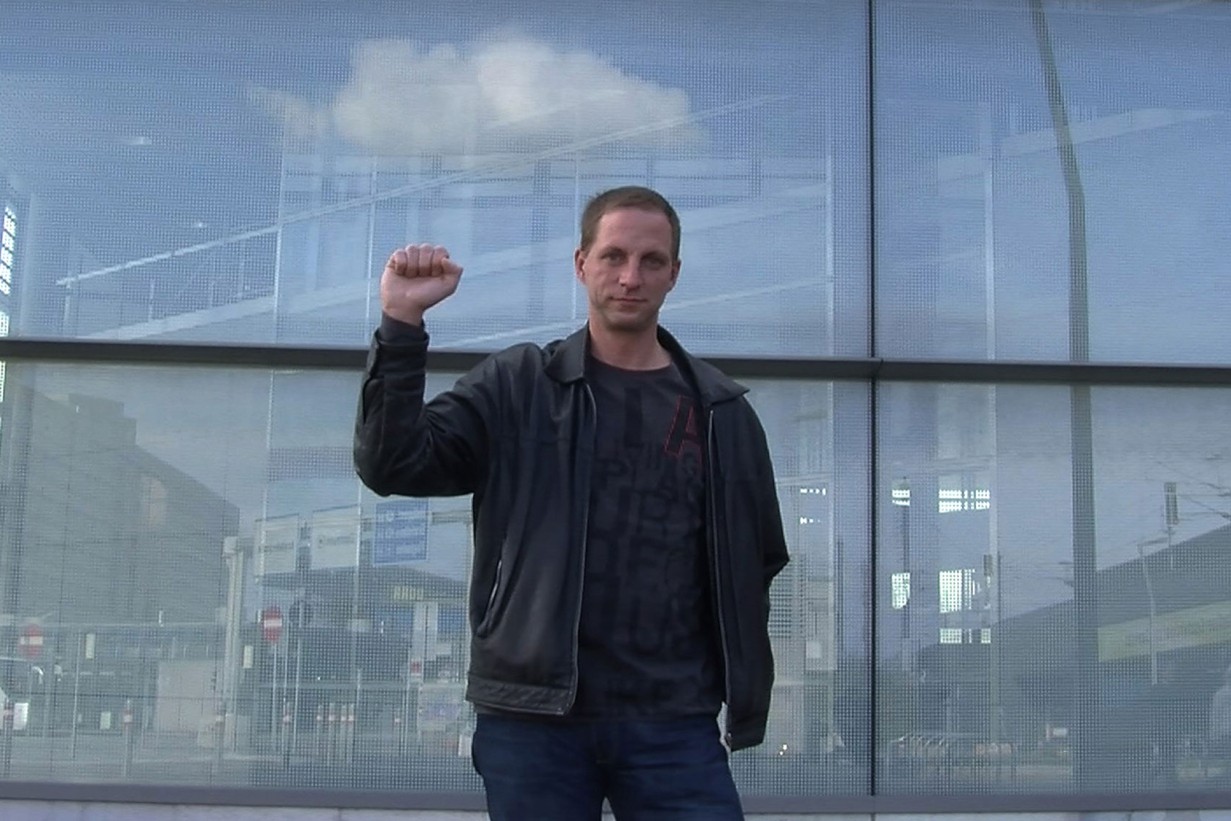
© Anna Witt, Courtesy of the artist and Galerie Tanja Wagner, Berlin
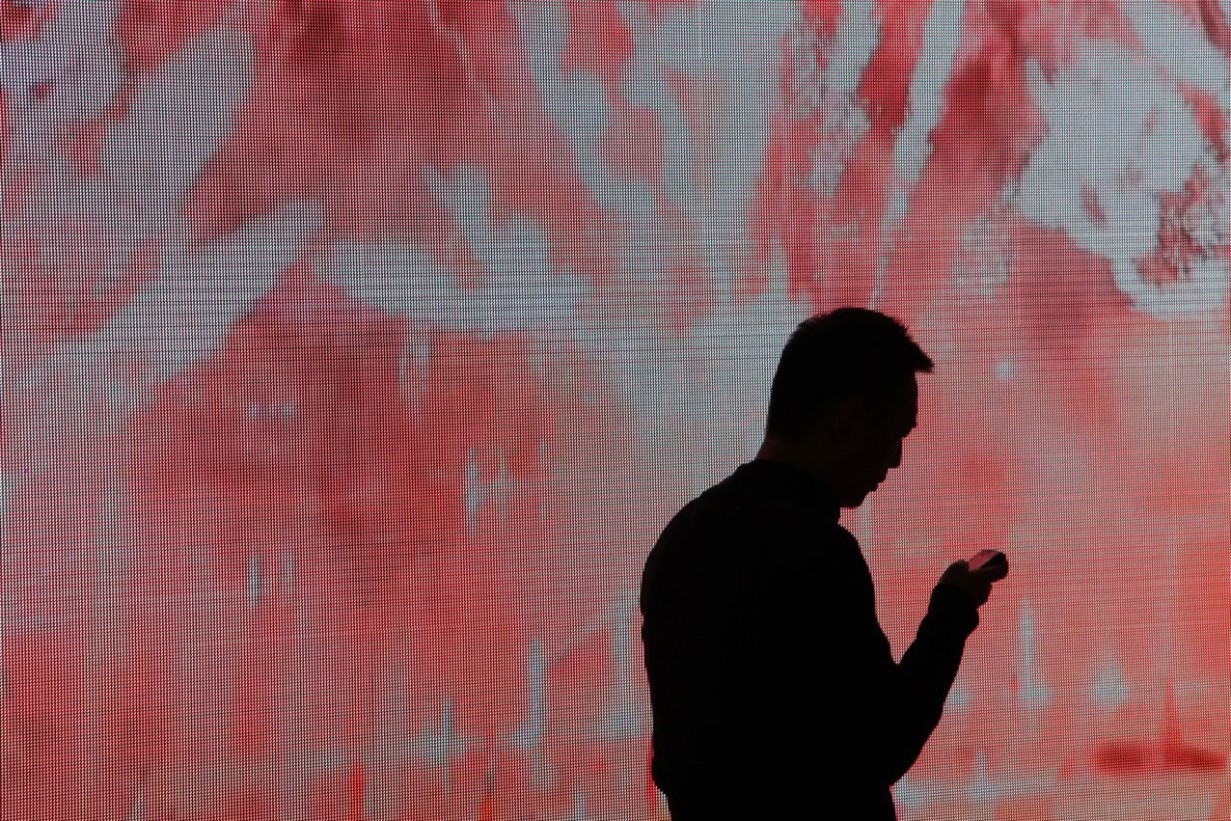
© Andreas Fogarasi, Courtesy of Galerie Georg Kargl, Vienna
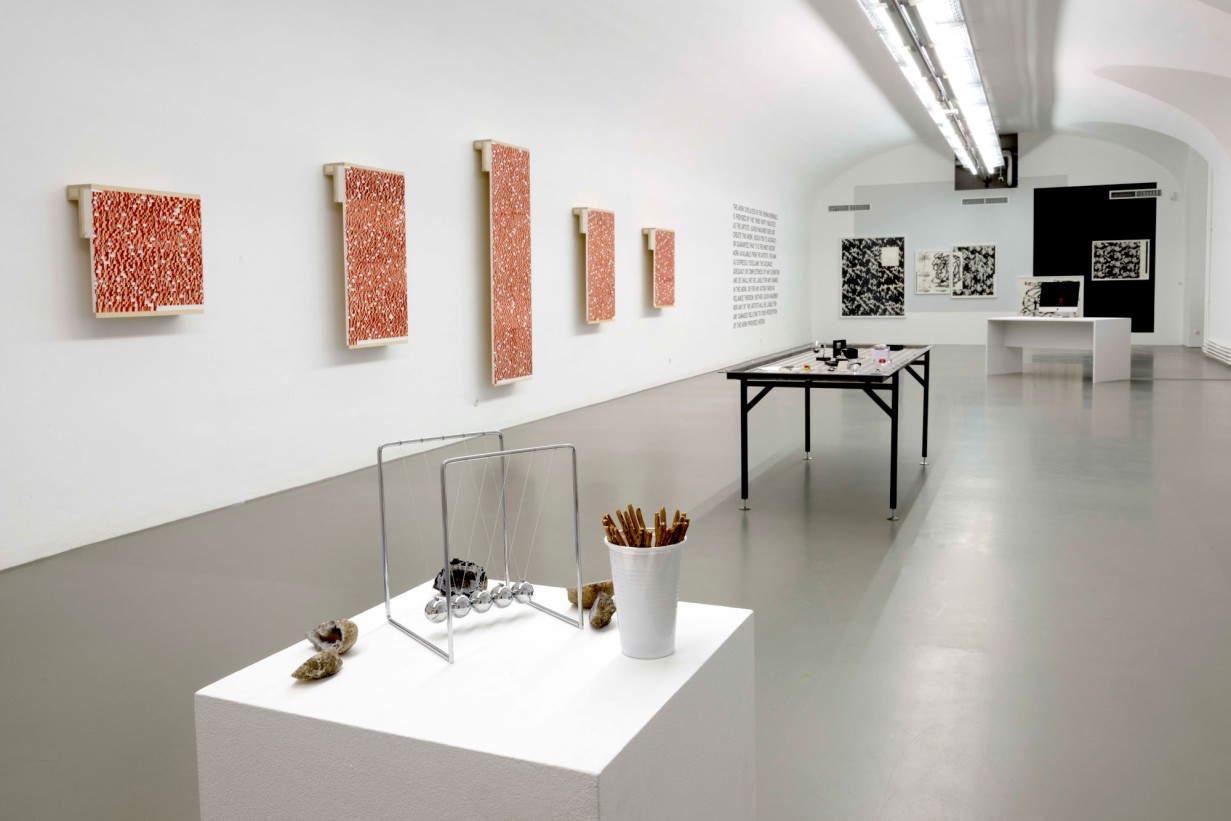
© MAK/Aslan Kudrnofsky
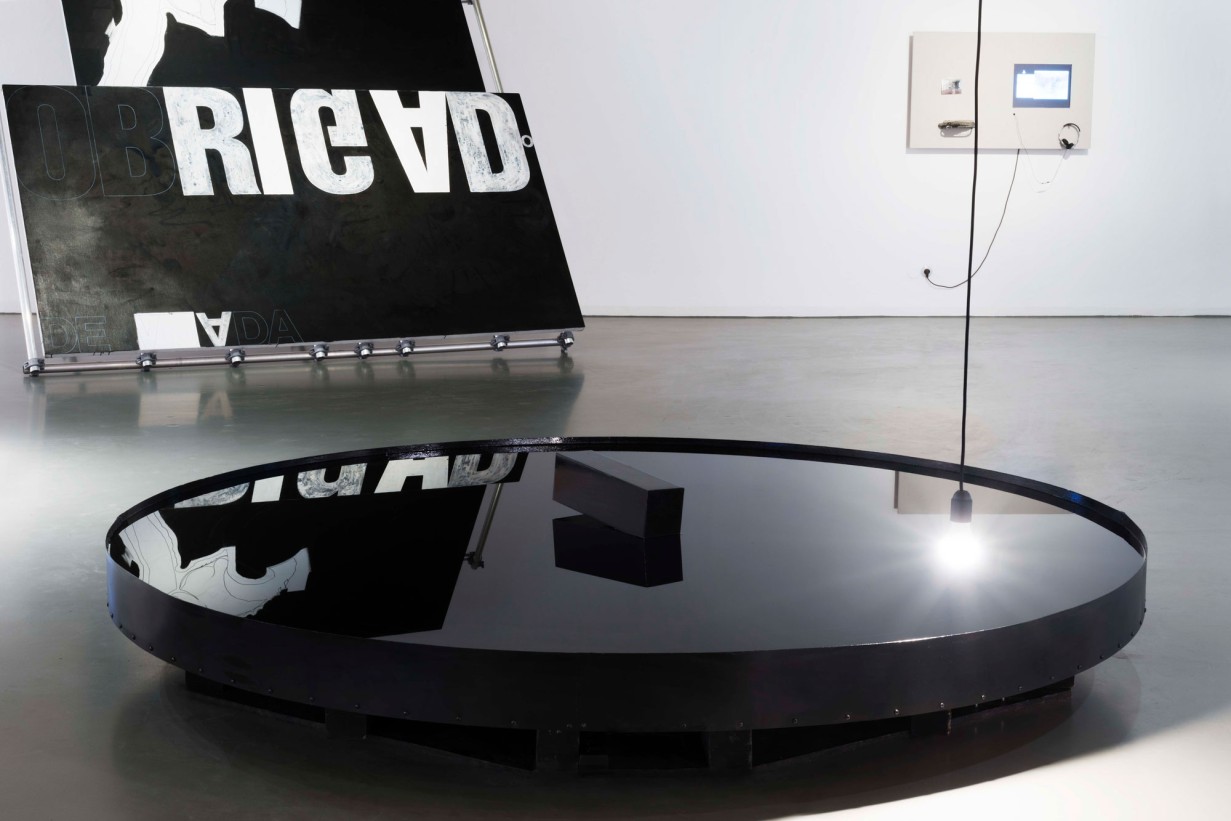
© MAK/Aslan Kudrnofsky

© MAK/Aslan Kudrnofsky
Previous Image
Today the human condition is marked by turmoil and restlessness. In the increasingly fast rhythm of our “non-stop society,” time is the determining factor, and time is money. The performance-driven society of the 21st century has long transcended the boundary between labor and leisure, the private and the public, and is still attempting to counteract its exhaustion by means of self-optimization. Disregarding the measures of chronobiology and the “inner clock” of human beings and nature, all activities are synchronized through the simultaneity of analog and digital experience.
Humans are engaged in a constant creative exchange with their environment and by absorbing and reorganizing images and information around the clock are part of the “social factory” in which private and public performance have inextricably merged. Life and work bring the same symptoms to light: overload, lack of sleep, the pressure of responsibility, and the loss of autonomy and freedom. Between longing and the pressure to perform, identification and opposition, recognition and exhaustion, the helplessness of the working subject is becoming apparent: precariousness and the stigma of not being able to adequately ensure our own existence are a constant threat because they are marked by the struggle to maintain the balance of body and mind as well as dreams and goals. The value and assessment of (invisible) human work are at the center of mechanisms of social evaluation; our activities are measured by their speed, accuracy, and efficiency—in short, people are measured against machines. But the complex processes that constitute human decisions and thus our ability to act cannot be taken over by artificial intelligence. Our true desire is self-determination, to actively and individually shape our own life, our environment, and society. Action (political and artistic)—informed by the immateriality of communication and empathy—cannot be definitively evaluated in terms of performance and therefore attain the status of permanence. It is with this status of permanence that human beings are inscribing themselves 24/7 into the cultural narrative of the Anthropocene, the age of human activity.
The group exhibition 24/7: the human condition includes existing works and newly produced works by artists of a younger generation in the context of the art scene in Vienna and beyond and features a wide range of artistic engagement with various aspects of a cultural understanding of labor, work, and action.
Participating Artists
Ben Thorp Brown (New York)
Verena Dengler (Vienna)
Carola Dertnig (Vienna)
Harm van den Dorpel (Berlin)
Andreas Duscha (Vienna)
Andreas Fogarasi (Vienna)
Franz Graf (Vienna)
Kathi Hofer (Vienna)
Peter Jellitsch (Vienna)
Lazar Lyutakov (Vienna)
Mahony (Vienna/Berlin)
Christian Mayer (Vienna)
Ulrich Nausner (Vienna)
Danica Phelps (New York)
Lili Reynaud-Dewar (Paris/Grenoble)
Valentin Ruhry (Vienna)
Seth Weiner (Los Angeles/Vienna)
Anna Witt (Vienna)
Curator
Marlies Wirth, MAK Curator
Humans are engaged in a constant creative exchange with their environment and by absorbing and reorganizing images and information around the clock are part of the “social factory” in which private and public performance have inextricably merged. Life and work bring the same symptoms to light: overload, lack of sleep, the pressure of responsibility, and the loss of autonomy and freedom. Between longing and the pressure to perform, identification and opposition, recognition and exhaustion, the helplessness of the working subject is becoming apparent: precariousness and the stigma of not being able to adequately ensure our own existence are a constant threat because they are marked by the struggle to maintain the balance of body and mind as well as dreams and goals. The value and assessment of (invisible) human work are at the center of mechanisms of social evaluation; our activities are measured by their speed, accuracy, and efficiency—in short, people are measured against machines. But the complex processes that constitute human decisions and thus our ability to act cannot be taken over by artificial intelligence. Our true desire is self-determination, to actively and individually shape our own life, our environment, and society. Action (political and artistic)—informed by the immateriality of communication and empathy—cannot be definitively evaluated in terms of performance and therefore attain the status of permanence. It is with this status of permanence that human beings are inscribing themselves 24/7 into the cultural narrative of the Anthropocene, the age of human activity.
The group exhibition 24/7: the human condition includes existing works and newly produced works by artists of a younger generation in the context of the art scene in Vienna and beyond and features a wide range of artistic engagement with various aspects of a cultural understanding of labor, work, and action.
Participating Artists
Ben Thorp Brown (New York)
Verena Dengler (Vienna)
Carola Dertnig (Vienna)
Harm van den Dorpel (Berlin)
Andreas Duscha (Vienna)
Andreas Fogarasi (Vienna)
Franz Graf (Vienna)
Kathi Hofer (Vienna)
Peter Jellitsch (Vienna)
Lazar Lyutakov (Vienna)
Mahony (Vienna/Berlin)
Christian Mayer (Vienna)
Ulrich Nausner (Vienna)
Danica Phelps (New York)
Lili Reynaud-Dewar (Paris/Grenoble)
Valentin Ruhry (Vienna)
Seth Weiner (Los Angeles/Vienna)
Anna Witt (Vienna)
Curator
Marlies Wirth, MAK Curator
Media
Ben Thorp Brown, Untitled (Fists), 2015, Recycled Lucite, ink © Ben Thorp Brown, Courtesy of the artist and Bischoff Projects
Danica Phelps, Cost of Love, 2011, Aquarell and pencil on paper (mounted on wood) © Danica Phelps, Courtesy of the artist and Galerie Hubert Winter
Peter Jellitsch, Data Drawings (29–33), 2015, Crayon, acrylic and lacquer on paper, Unique pieces © Peter Jellitsch/Photo: MAK/Aslan Kudrnofsky
Anna Witt, Gleitzeit, 2010, 3-channel HD video, color © Anna Witt, Courtesy of the artist and Galerie Tanja Wagner, Berlin
Andreas Fogarasi, LED China, 2012, C-Prints, series of 6 © Andreas Fogarasi, Courtesy of Galerie Georg Kargl, Vienna

